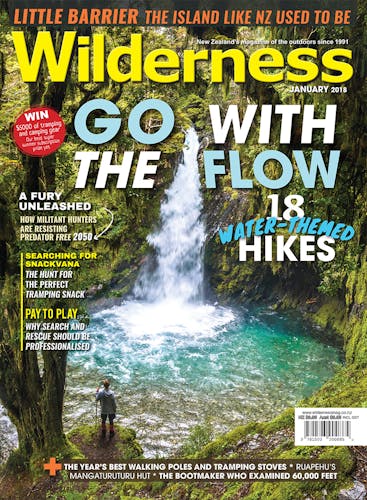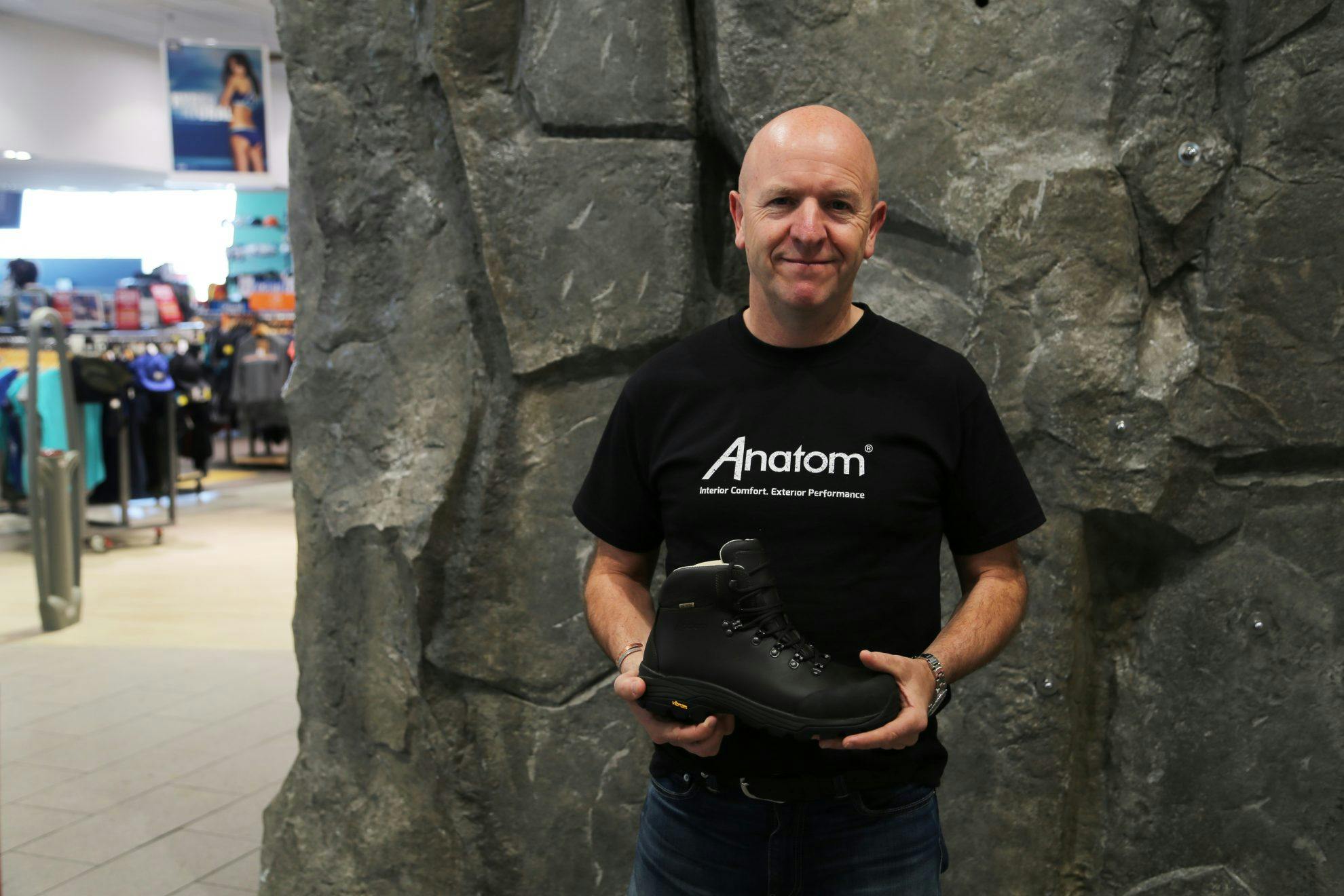Even before Scottish footwear brand Anatom produced its first boot six years ago, its founder Gordon Fraser had measured 60,000 feet. On a visit to New Zealand, he shared some of what he learnt from all that research.
Why measure so many feet?
People kept saying to me there’s a German foot, an Italian foot, an English foot. No there isn’t. They’re all the same. There’s narrow feet, there’s wide feet. But you can’t tie it to a country. That was one reason, to dispel that myth.
The next reason was to look at foot shapes. Once you’ve measured that many feet and you’ve had them through your hands, you become pretty tuned to what’s normal.
Using that research, we were then able to build our lasts – which is the basis for every boot and shoe we make.
What did you learn about how boots fit our feet?
When you stand up, the feet elongate. Sometimes they get wider, sometimes they get narrower, sometimes they get longer. They never get shorter. Part of the fitting process is understanding how much your foot elongates and then how much it migrates when you stand on the ramp. There are only two things you have to avoid: we cannot afford for anyone to go out of the shop with the potential for a blister or black toe, where your toes are hitting the front of the boot. Both are caused by migration and elongation.
How do you start a footwear brand when you’ve got huge and established competitors?
It’s completely bonkers to do it, but I had this self-belief and I had the support of our customers. When I went out to show the product, and we only had two boots in our collection at that point – the V2 and Q2 – we had to get 100 per cent success because we have to produce 500 pairs at a time. We were lucky, we got enough orders to do the first production run, but it was close. And then more orders came in and we were able to produce some more and after about two years we were producing 3000 pairs of the Q2 a month.
What is it about that boot that resonated with customers?
Its simplicity. Everything else was too gadgety and too complicated and what our customers really wanted was something classic and high quality at a reasonable price that fitted well. Nobody was offering it until we came along.
How has footwear design changed over the years?
Boot volumes used to be gigantic but they have slowly come down and are now much closer to matching the foot.
Another big change has been the advent of membranes and that little company Gore-Tex. Whether it be Gore-Tex or another membrane, they’re all designed to do the same job.
After-purchase care has also become a much bigger deal. It‘s much more complex. You have special treatments for cleaning the leather, for conditioning the leather and for proofing the leather. It means you can make your investment work better, last longer and be more comfortable.
What do you think of Kiwi feet?
They are more spread. You guys do wear jangles, or what do you call them? Jandals? I called them thongs and nearly got hit!
You’ve got pretty wide feet. I think it’s because you have a warmer climate and you’re able to spend more time when you’re younger with no shoes on, which is incredibly healthy.
Do feet change with age?
When you’ve had lots of birthdays, your feet tend to take most of the pounding. They tell the richest story of your life because they’ve usually got lumps and bumps and bunions and all sorts of stuff you’ve inherited from your forefathers or your life. As the foot gets older, it becomes more deformed and you have to be more careful about what you do to accommodate it. From around 40 upwards is when you usually start to see things happening.
Mind you, I’ve seen some young feet while I’ve been here and they’ve not been too pretty, either.








